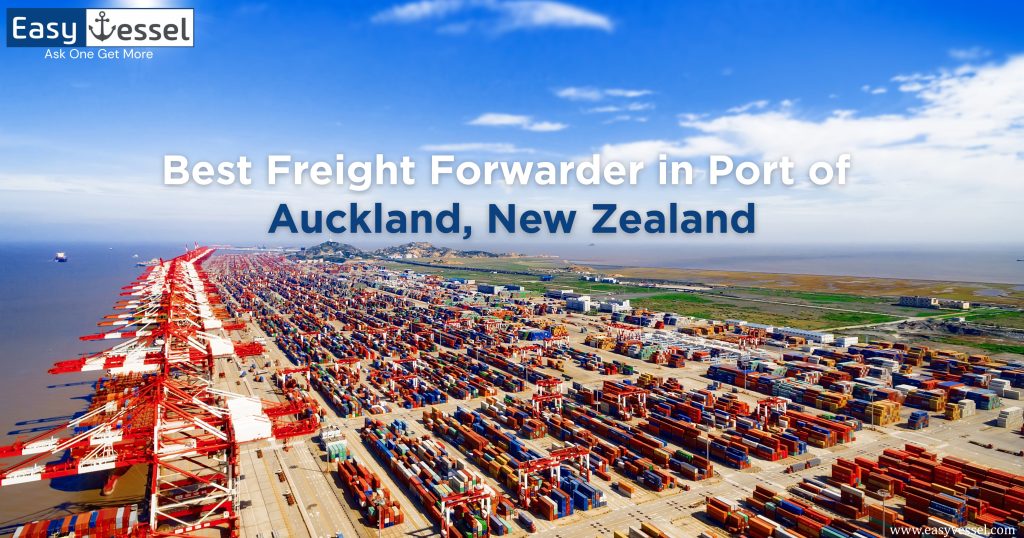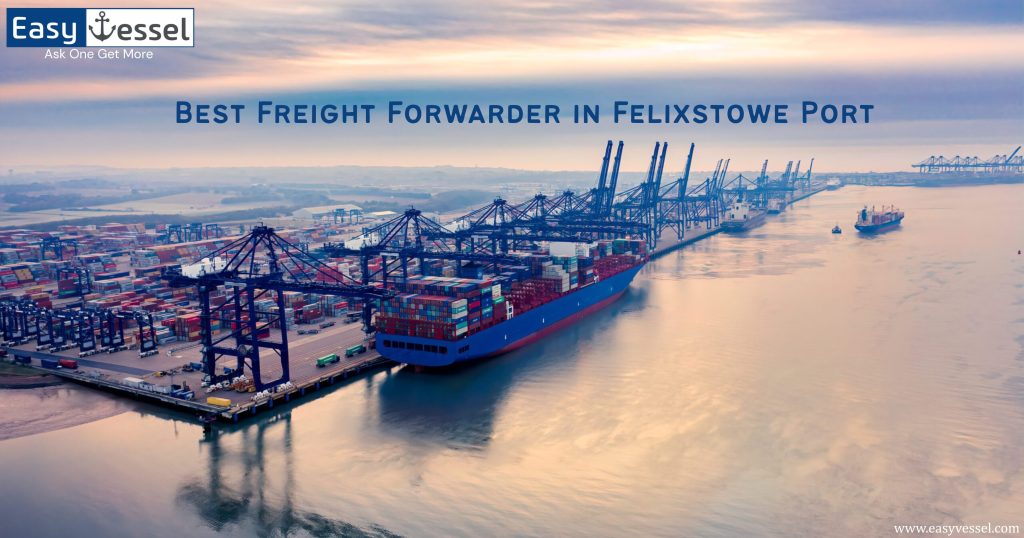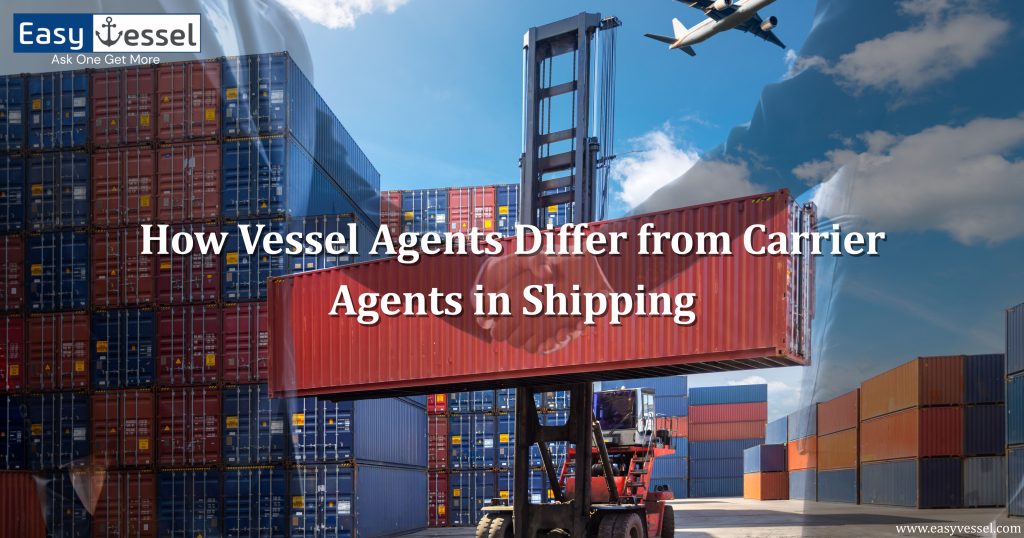What is Air Freight:
- Air freight is the swift transportation of goods using airplanes.
- It’s a key component of the global logistics and shipping industry.
- When goods need to reach their destination quickly, It is the go-to choice.
- Airlines and cargo carriers handle the movement of various types of cargo, from everyday products to specialized items.
- It’s like mailing a package, but on a much larger scale businesses and people ship things quickly from one place to another, across cities, countries, and even continents.
- Airlines and specific cargo companies handle this process, making sure all kinds of items, from clothes and gadgets to urgent documents or fresh flowers, get to their destination fast.
- This method is super useful when speed matters the most, like for delivering products quickly to stores, sending important packages, or moving items that need to stay fresh.
- It’s like having a fast delivery service, but for big and small stuff alike, soaring high in the skies to reach wherever it needs to go in a hurry.
Advantages of Air Freight:
Here are 7 advantages of air cargo shipping:
Fast Delivery:
Air freight shipping is exceptionally fast, making it ideal for urgent shipments, delivering goods quickly across long distances.
Global Reach:
It offers worldwide accessibility, enabling the sending and receiving of goods from anywhere across the globe.
Shipment Tracking:
Offers the ability to track shipments, providing visibility and control over the location and status of goods during transit.
Reliability:
Air freight services maintain high reliability with minimal delays or cancellations, ensuring a greater probability of on-time delivery compared to other transport modes.
Preservation of Perishables:
Well-suited for perishable goods due to its quick delivery, maintaining freshness, and reducing the risk of spoilage.
No Infrastructure Constraints:
Unlike other transport modes, air freight doesn’t require large investments in ports or tracks, offering more flexibility in where goods can be transported.
Reduced Damage Risk:
It involves less handling, leading to a lower risk of damage during transit, ensuring safer shipment of goods.
Disadvantages of Air Freight:
Here are the 3 main disadvantages of air shipping in simpler terms:
High Costs:
- Air shipping is quick but costly. Shipping via air is more expensive than other transport modes, especially for urgent deliveries.
- Unlike land and sea shipping, where costs are determined by volume, the pricing for domestic transportation is generally higher than international due to weight-based calculations.
Weather Dependence:
- Bad weather can disrupt air freight. Approximately 2% of flights get canceled due to affected weather conditions.
- Although weather affects all modes of transportation, delays due to weather can be particularly challenging, especially when meeting tight delivery deadlines.
Size and Weight Limitations:
- Airplanes have restrictions on size and weight. They are not as large or capable of carrying as much weight as ships.
- For instance, the largest airplane can carry 250 tonnes, while a large ship can transport over 190,000 tonnes.
- This limitation means that certain large or heavy items might not be suitable, requiring alternative shipping methods.
Summary:
Air shipping can be expensive, affected by weather, and limited in what it can carry, while Easyvessel is the best online platform to get the lowest air and sea freight rates worldwide.
Types of Air Cargo:
There are various types of air freight supplying to different shipping needs:
General Cargo:
This category encompasses the bulk of goods moved via air. Additionally, products like electronics, clothing, and consumer items fall under general cargo.
Express and Couriers:
Urgency is the hallmark here. Documents, small packages, and time-sensitive deliveries are the primary focus.
Perishables:
For goods that require controlled temperatures during transit, such as fresh produce, flowers, or pharmaceuticals.
Heavy and Outsized Air Cargo:
Moreover, industrial machinery, vehicles, and large equipment are shipped using services that accommodate non-standard dimensions.
Valuables and Dangerous Goods:
Special handling and packaging for high-value items like precious metals and hazardous materials.
Live Animals:
Tailored services ensure the safety and comfort of animals during air travel.
Conclusion:
Air freight shipping is a fast, reliable, and flexible shipping option for businesses of all sizes. However, it is important to weigh the pros and cons of air freight shipping before deciding whether or not it is the right option for your shipment.
Easyvessel is the best online platform to get the best air and sea freight rates worldwide with 0% commission.
References:
Frequently Asked Questions
Advantages:
- Speed: Fast delivery.
- Global Reach: Access to distant locations.
- Reliability: Consistency in schedules.
- Secure: Lower risk of theft or damage.
- Convenience: Easy tracking and handling.
These are the main benefits due to its quick, global, secure, and reliable nature, along with convenient tracking options.
Disadvantages:
- Costly: Most expensive shipping method.
- Weather Delays: Easily affected by bad weather, leading to delays.
- Limited Capacity: Carries less than other methods.
- No Door-to-Door: Doesn’t deliver directly to destinations.
- Needs Airport Infrastructure: Relies on airport facilities.
- Environmental Impact: Not as eco-friendly as other shipping methods.
Air shipping refers to the transportation of goods specifically by air. It involves using planes to move items from one place to another. On the other hand, air freight is a broader term that covers the movement of goods using various methods including planes, ships, trucks, and trains. So, if goods are transported exclusively by air, it’s air shipping. If goods are transported using any mode of transport, including air, it’s air freight.



